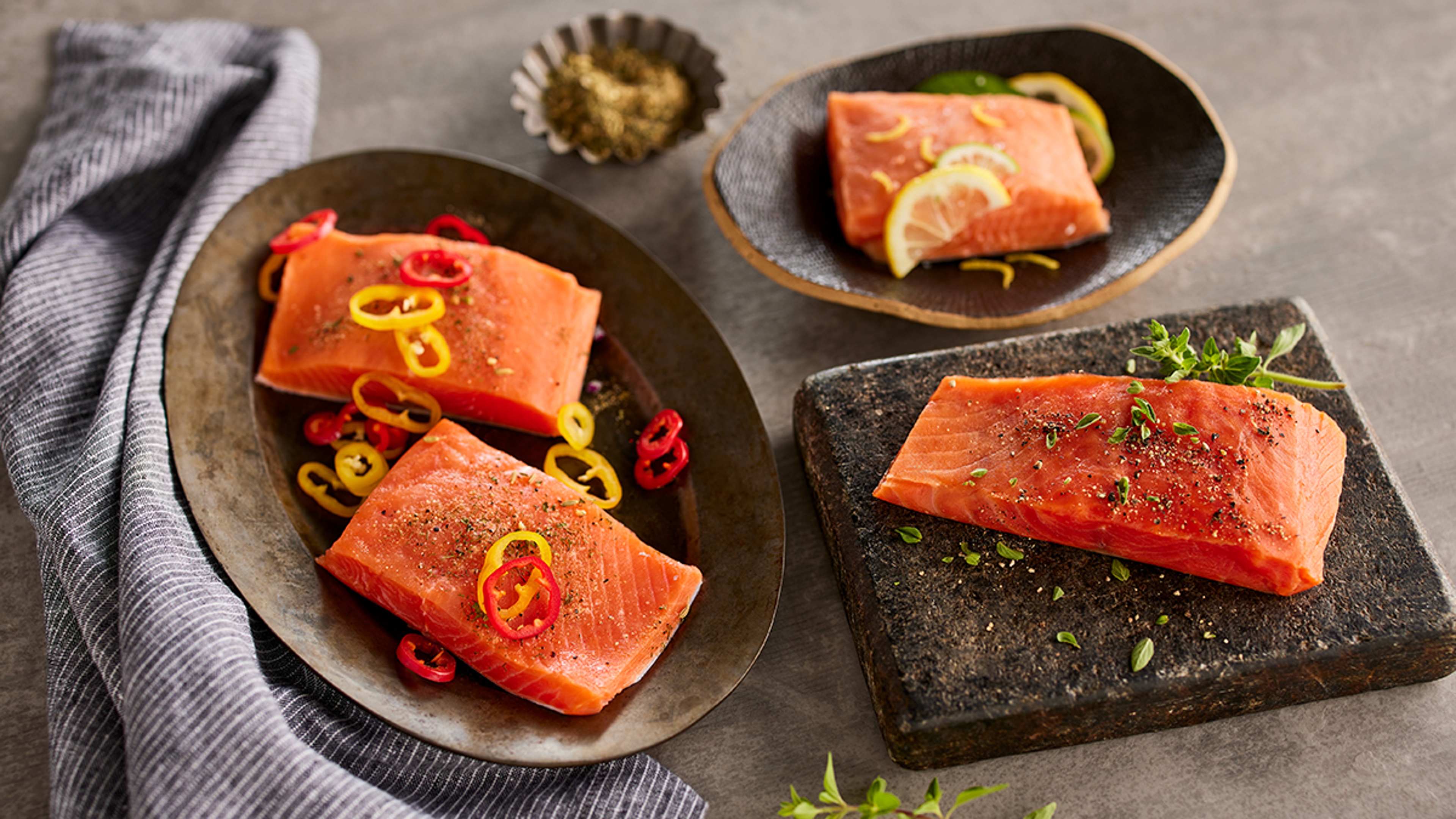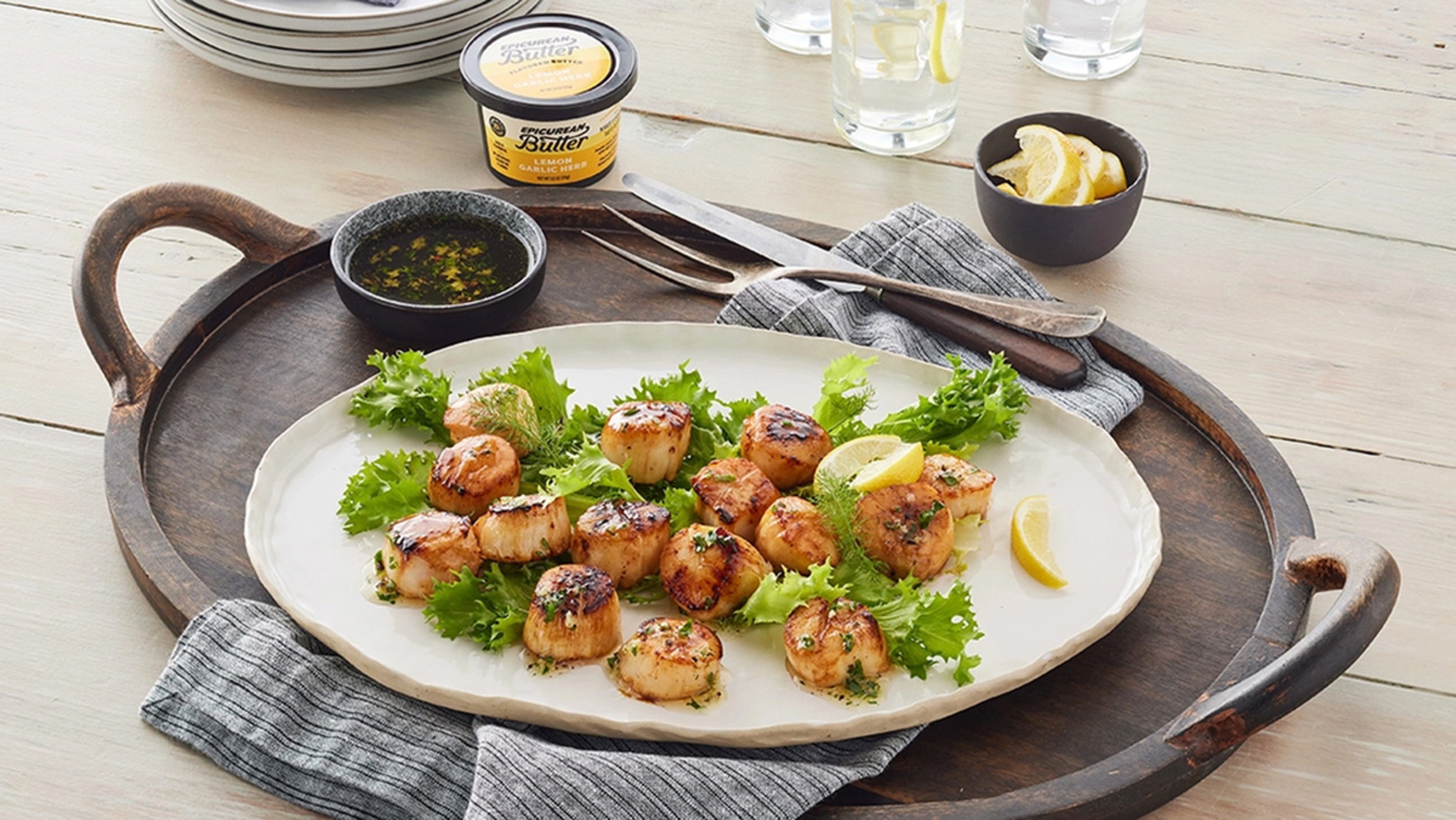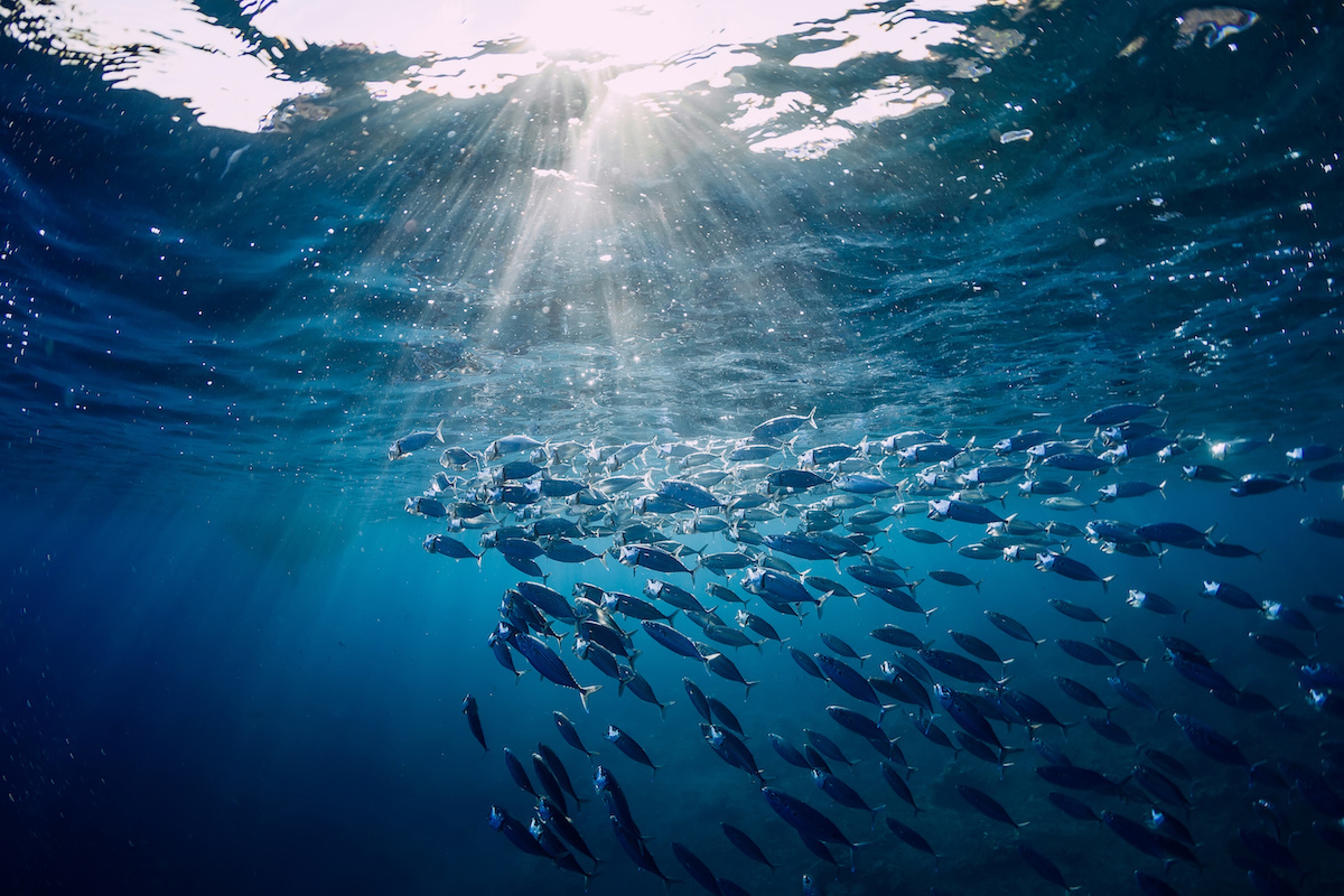Omega-3s, Explained
A relatively short — yet thorough — dive into this all-important fatty acid.
Oct 16, 2024
Omega may be the last letter of the Greek alphabet, but if you’re really into eating fish (particularly salmon) and an avid reader of this blog (which I’m sure you all are), you know we always put omega first — ahead of alpha anything. That’s because we’re always touting the health benefits of omega-3 fatty acids, which are found in many types of fish (particularly salmon) as well as in nuts, seeds, plant oils, and fortified foods.
So, what’s the big deal about omega-3s? Do we get enough of them in our diet or do we need to supplement?
We’ll skip over the bit about how omega-3s are “composed of polyunsaturated fatty acids that have the final double bond in the hydrocarbon chain…” yada, yada, yada (says Merriam-Webster). But do know that omega-3s are composed of three elements: alpha-linolenic acid (ALA), eicosapentaenoic acid (EPA), and docosahexaenoic acid (DHA). ALA is an essential fatty acid, meaning your body can’t make it, so you must get it from foods and beverages; DHA, a major component of the eyes, brain, and nervous system, is especially important for infants and young children, and is made by our bodies but only in small amounts; and EPA has positive effects on coronoary heart disease, high triglycerides, high blood pressure, and inflammation.

Omega-3s are important components of the membranes that surround each cell in your body, and also provide calories to give your body energy and have many functions in your heart, blood vessels, lungs, immune system, and endocrine system.
They help reduce artery inflammation, blood pressure, and cholesterol levels, and, thus, heart disease…but wait, there’s more! Omega-3s may reduce depression and anxiety; may lower the risk of eye disease, such as macular degeneration; can reduce inflammation in the body, which can help ward off heart disease and cancer; can reduce mental decline and, thus, conditions such as Alzheimer’s disease; can promote better skin; and offer a host of other benefits, but my editor paid me to only write a certain number of words.
The bottom line is that omega-3s are considered a healthy fat.
READ MORE: Enough With Omega-3. What Else Do Fish Have?
The ideal healthy diet includes 1 to 1.5 grams of omega-3 fatty acids every day — an amount heartily available in a 3-ounce fresh salmon fillet. In fact, according to the U.S. Department of Agriculture, the types of fish that provide the most omega-3s per 4-ounce serving include mackerel, salmon, sardines, and swordfish, each with more than 1,000 milligrams. Crab and albacore tuna follow with 500 to 1,000 milligrams; at 250-500 milligrams are clams, halibut, and oysters; and at less than 250 milligrams, you have cod, lobster, and shrimp.
(Many of the aforementioned fish are available on Vital Choice; for a fish health guide, go here.)
Nuts are another food blessed with healthy amounts of omega-3s. Walnuts, for instance, are chock full of ALA, and almonds and cashews also contain omega-3s. As such, omega-3s are present in trail mix, so the next time you go for a hike, remember to pack those snacks.







